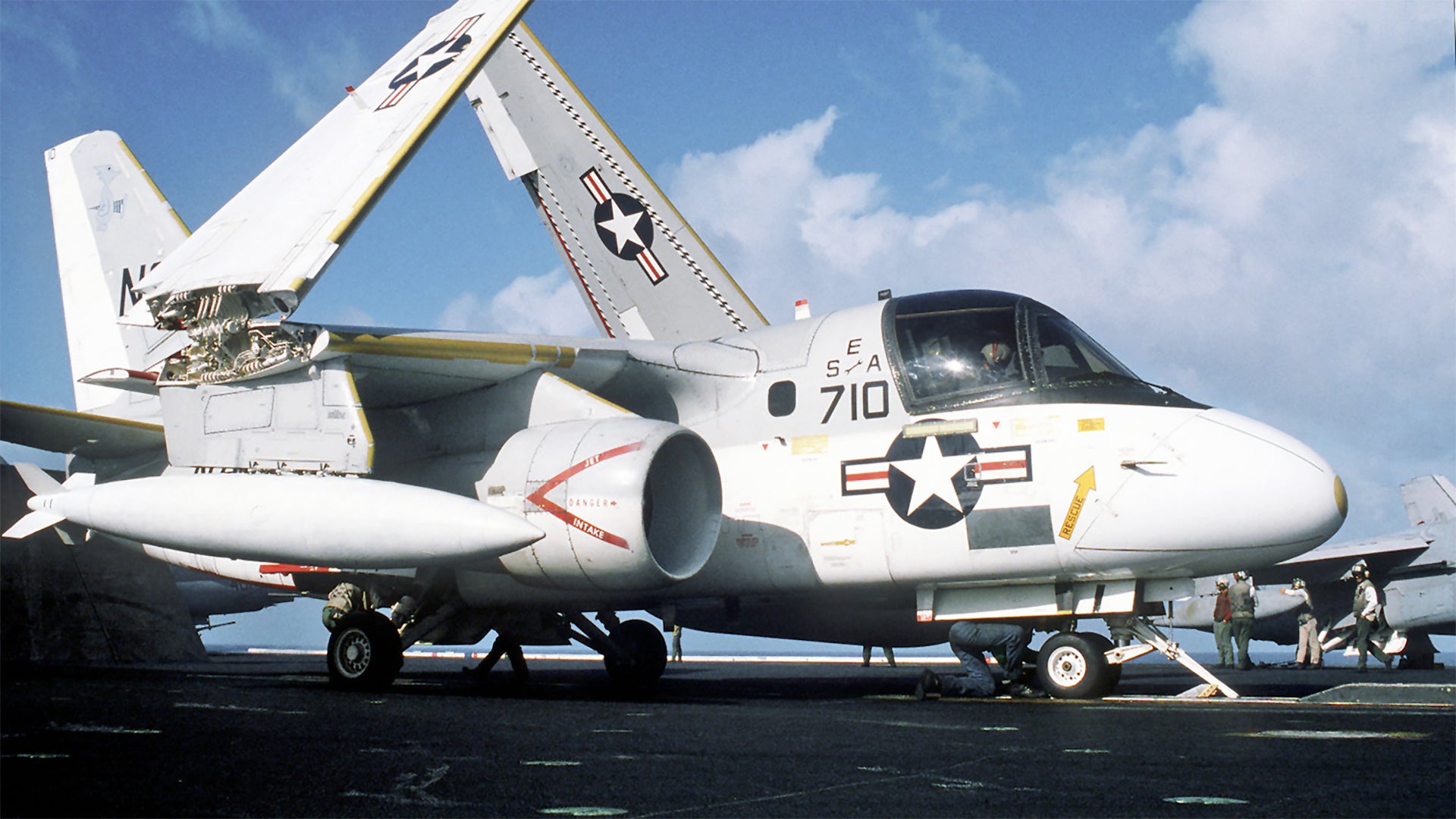In every field of endeavor, there are always legendary individuals who captivate that innate part of us in need of the heroic. In military aviation, it is almost always the fighter and attack pilots who are the headline-grabbers, the origin and focus of the stories we love to hear. The personal exploits and missions flown by fighter pilots such as Robin Olds, “Butch” O’Hare, John Glenn, “Gabby” Gabreski, and “Pappy” Boyington, serve to remind us that the mystery and seduction of flight can be harnessed, but only by a seeming few.
It is extremely rare, then, that an S-3 Viking pilot — Commander Philip Voss — and the mission he flew would garner an Associated Press (AP) headline like this one:
Transatlantic Escort of Terrorist an Aviation Feat
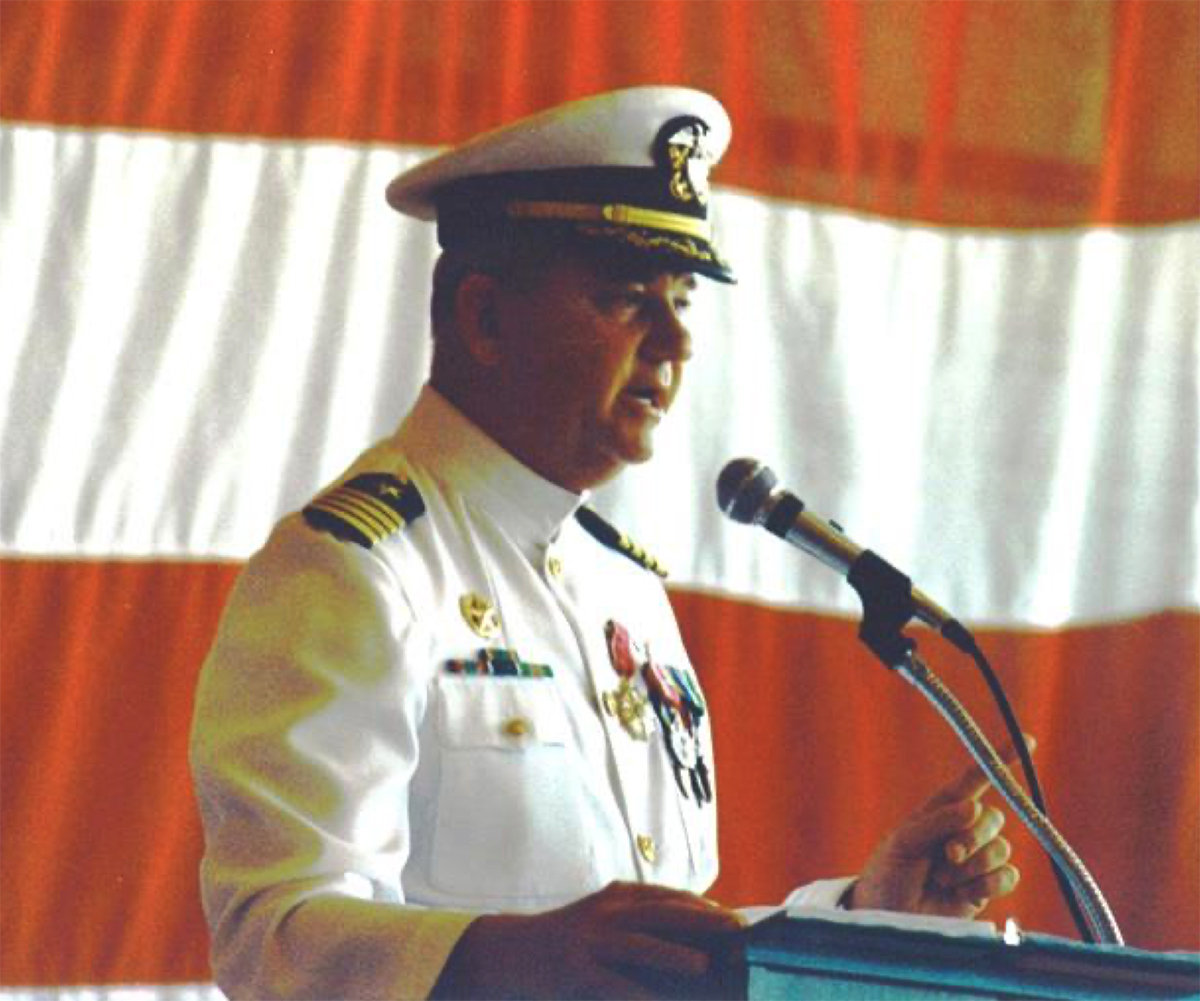
The January 28, 1988, AP story brought to the public’s attention an FBI operation that had been conducted three months before in the waters of the eastern Mediterranean — Operation Goldenrod.
Fawaz Younis boarded a sailing yacht anchored in international waters with “Joseph,” a drug dealer with whom he had partied the night before on the island of Crete. Younis had been identified as one of the five terrorists who hijacked Royal Jordanian Airlines Flight 402 at Beirut International Airport in 1985. Unsuccessful at getting the aircraft to Tunisia, the Boeing 727 ended up returning to Beirut, where the terrorists let the hostages go, but placed explosive charges and destroyed the aircraft. Looking for a new career in the international illegal drug trade, Younis arrived on the yacht’s deck only to discover that Joseph was an FBI agent. Younis was arrested and quickly transferred to the Kilauea class ammunition ship USS Butte (AE-27).
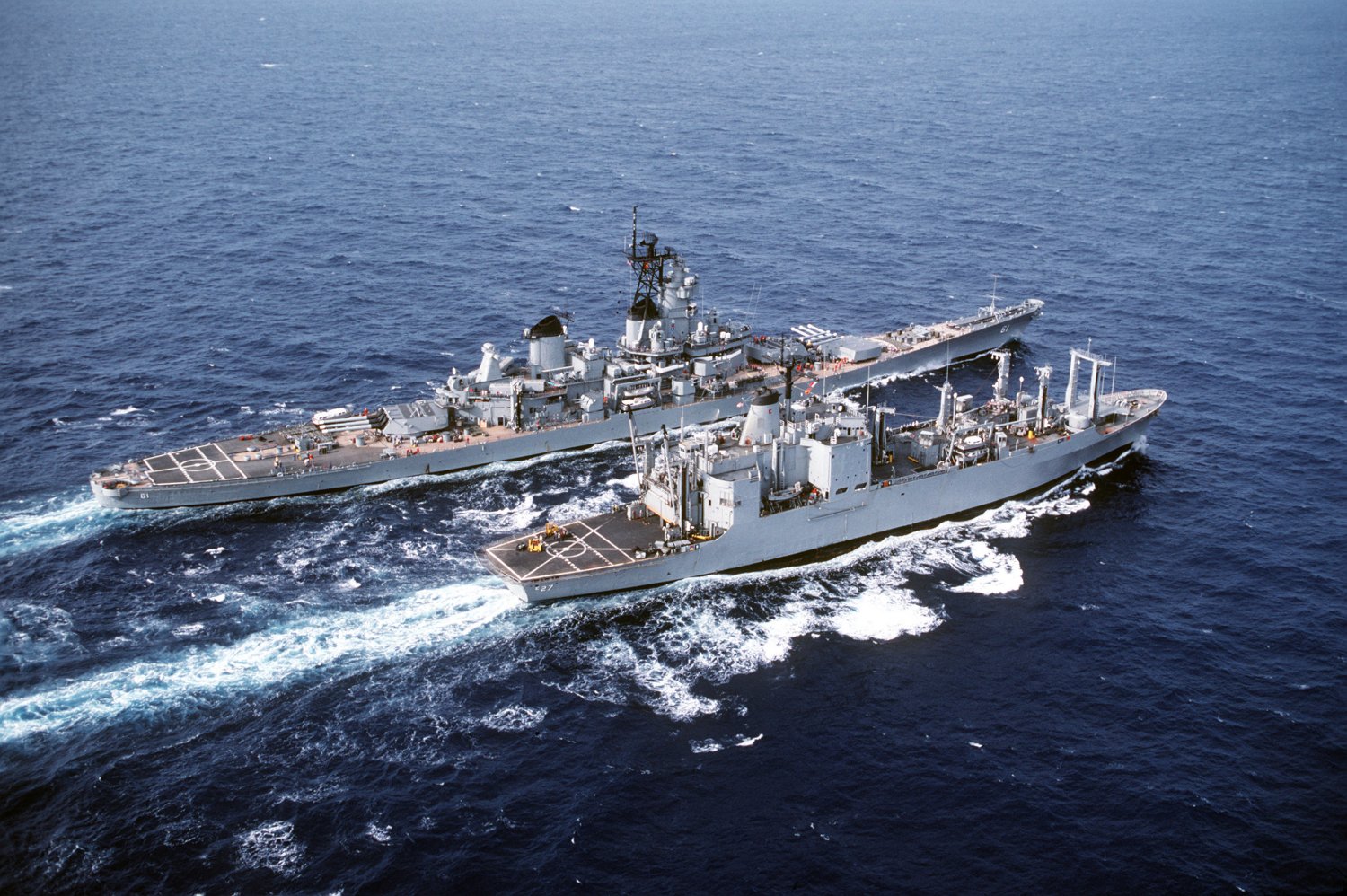
The Skipper Of VS-30
Just prior to the capture of the terrorist, Commander Philip Voss’s tour as the commanding officer of Air Anti-submarine Squadron Thirty (VS-30), known as the Diamond Cutters, was coming to an end. The squadron of 10 S-3A Vikings was deployed aboard the USS Saratoga (CV-60) during its 1987 Mediterranean cruise. Instead of heading back to the United States for his next assignment, however, Voss was called into the office of the air wing commander (CAG), where he was told to pick some of his best pilots to fly a highly classified mission.
During an interview conducted by Lyn Corley as part of The Conversation Series for the POW/MIA Memorial, Voss described the mission, including a curious question the CAG asked him: “How far has the S-3 ever flown in history?” Voss was about to accomplish a feat that no other airplane flying from an aircraft carrier had achieved.
In the Viking community, Philip Voss was already a legend. As a new naval aviator back in the early 1970s, he established himself as an outstanding pilot, flying the S-2 Tracker with the VS-31 Top Cats. After transitioning to the S-3A Viking, he confidently rose through the ranks and was chosen to attend the Naval War College in 1979, a rare appointment for a lieutenant. He then completed a tour with the anti-submarine test and evaluation squadron, VX-1, where he gained extensive knowledge of the Viking aircraft.
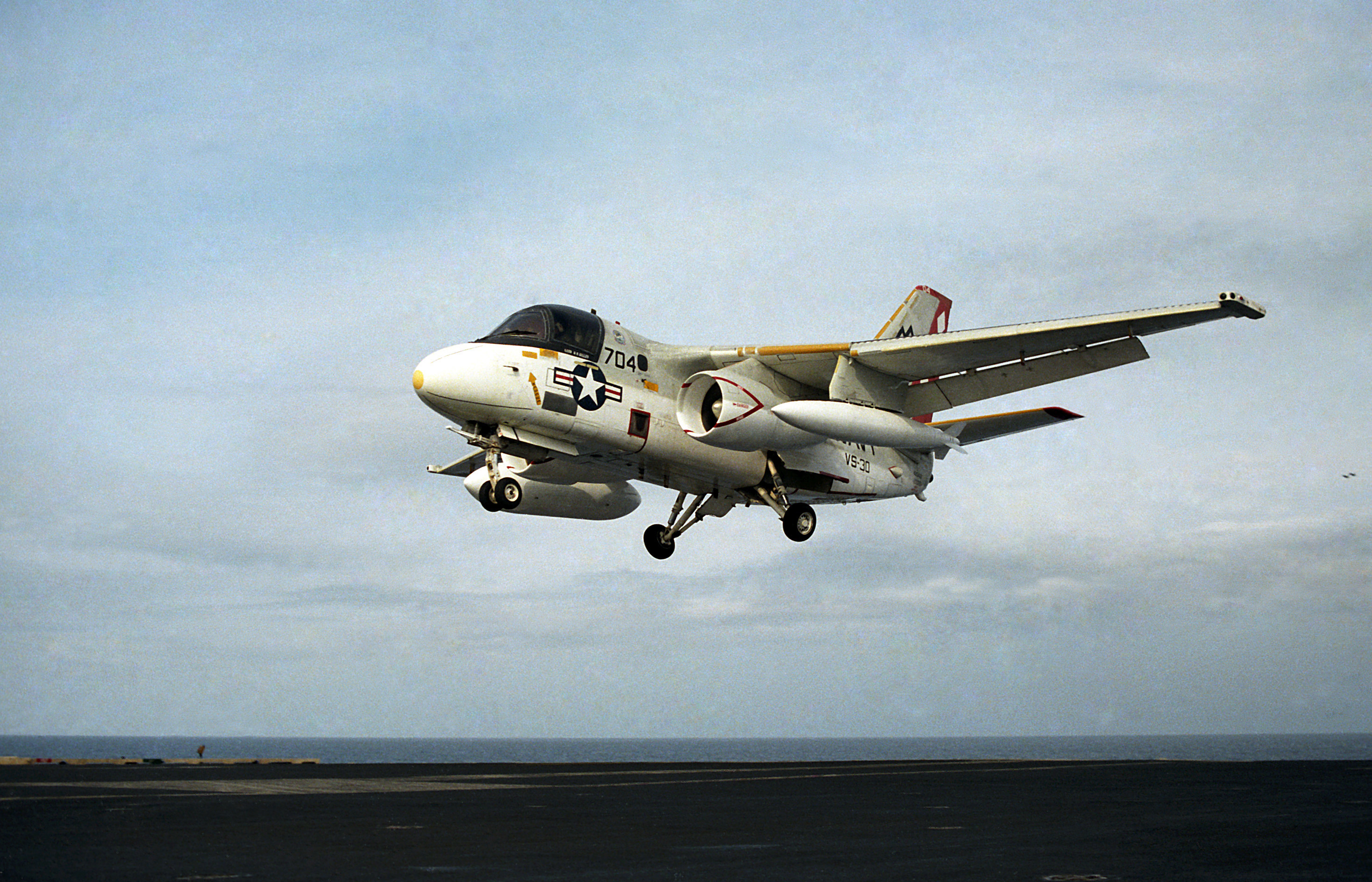
As one of the strongest advocates for the S-3 at a time when the aircraft’s mission reliability was undergoing increasing scrutiny, Voss wrote a persuasive argument for arming the Viking with the AGM-84 Harpoon anti-ship cruise missile in 1980.
After a department head tour with the VS-22 Checkmates, this no-nonsense leader was selected for an 18-month tour as executive officer and then another 18 months as commanding officer of VS-30, during which he reached more than 3,000 hours flying the S-3.
The Mission
Clearly, the Navy thought the best choice to fly this mysterious mission was Commander Voss, as the 1988 AP article explains:
After his entire squadron practiced refueling from Air Force tankers for days, he nominated several of his senior aviators for the yet-secret mission, only to be ordered to make the flight himself because of his overriding experience, he said. He added that he had to fly the plane without a co-pilot or navigator over his objections, to make room for a doctor and the government agents.
That’s right. He would be the only soul aboard the four-ejection-seat antisubmarine warfare aircraft who knew how to start the engines, power-up the electronic systems, launch from an aircraft carrier, land again in an emergency, and navigate the aircraft from the western Mediterranean to a base on the East Coast of the United States.
Keep in mind, the S-3 Viking had an unrefueled endurance between six and seven hours. Six or seven hours would have been a very long time in a relatively small aircraft with four crewmembers sitting on increasingly uncomfortable, almost cushion-less seats as each hour passed, never mind the long haul to the United States. The crew rarely got up out of those seats, and most flights from the aircraft carrier lasted two to four hours.

Perhaps the most important question was: Where, in that relatively small aircraft crammed with electronics, would the accused terrorist sit?
It appeared the only option was to sedate Mr. Younis for the long trip, placing him in a Stokes litter “clamshell” (a design suggested by Voss) that would be securely strapped to the interior racks of the avionics tunnel located behind the rear seats. The flight surgeon would monitor his “patient” and spend most of the flight in the co-pilot seat. The two FBI agents, sitting in the tactical coordinator and sensor operator seats, would ensure the potentially unruly passenger remained “seated” at all times.
After the four-day journey from the eastern Mediterranean aboard the Butte, Younis was transferred to the Saratoga, where he was placed aboard the Diamond Cutter aircraft. Then, Voss and his “crew” entered the aircraft. With two other S-3s standing by as spares in case the mission aircraft had some type of issue, the Viking was launched, and Voss immediately joined up with a KA-6D Intruder tanker to ensure his air-refueling probe worked properly. He then topped off his fuel tanks.
Voss described how a KC-10 Extender tanker from Seymour-Johnson Air Force Base in North Carolina had flown out the day before and was now orbiting overhead the aircraft carrier. After separating from the Intruder, Voss joined on the wing of the KC-10, and the journey began.
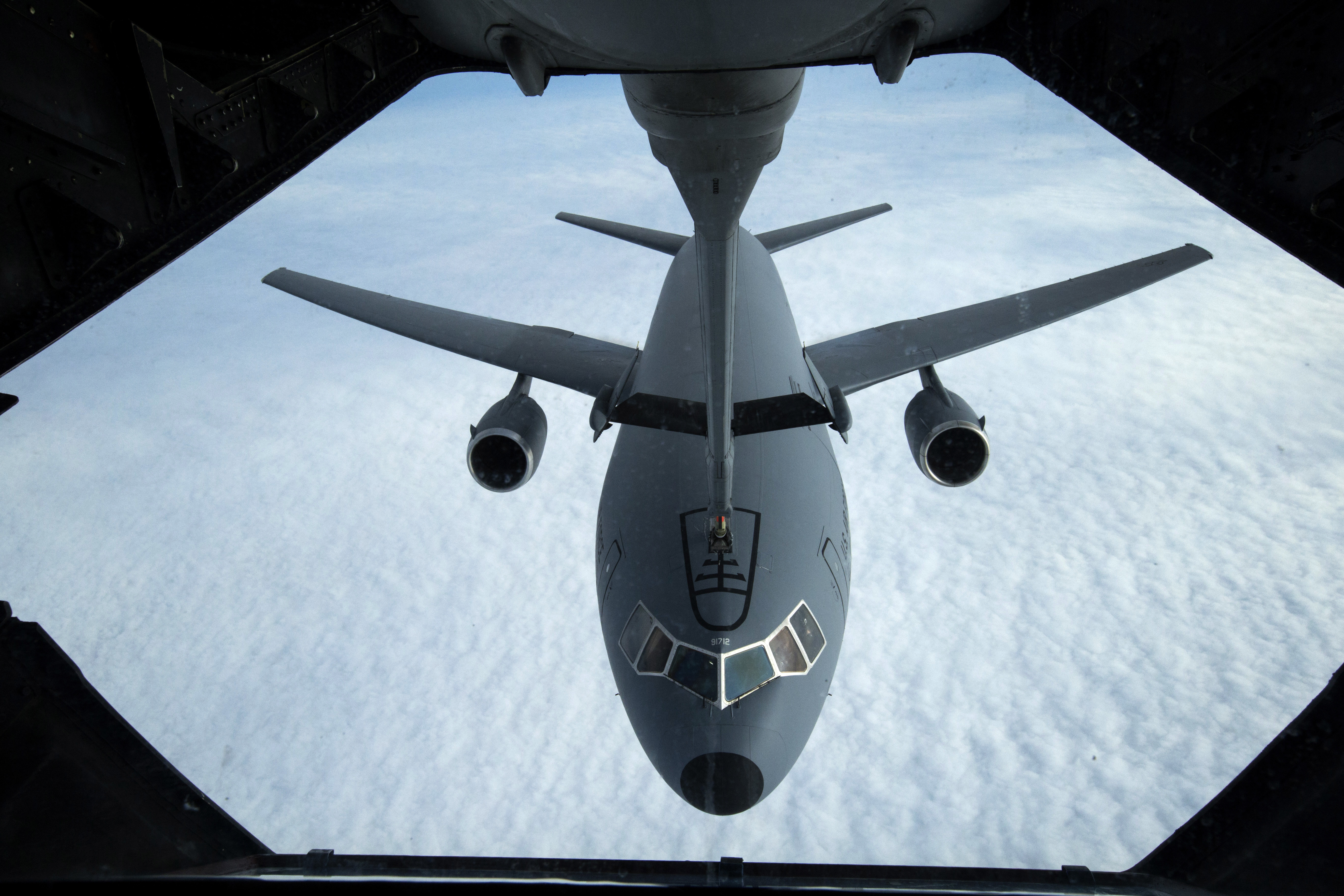
Voss, his unusual crew, and their remarkable S-3 would refuel three times from the KC-10 as the two aircraft navigated over the Gibraltar Strait, then across the Atlantic Ocean, passing off the Azores then crossing to Nova Scotia. Another KC-10 from Seymour-Jonson joined them mid-way to refuel the mission tanker, ensuring everyone had enough fuel to complete the historic journey.
As the tanker and the Viking made their way down the Atlantic coast, Voss explained to Corley that flight controllers were having a hard time with a KC-10 that had filed a single-aircraft flight plan from Seymour-Johnson for a round trip to the Mediterranean and was now coming back on the final leg of the flight “with a wingman,” dropping that wingman off, and ending its mission in North Carolina. The KC-10 mission commander asked Voss what his response should be. The tired S-3 pilot told him: “You figure it out.”
After a flight that lasted 13 hours and 10 minutes and covered 4,002 miles, a feat never previously accomplished by an aircraft launching from an aircraft carrier, the Viking Rendition mission ended at Andrews Air Force Base in Washington, D.C.

In his interview with Lyn Corley, Voss explained that, in 1985, F-14 Tomcats from the Saratoga had chased down an Egypt Air plane carrying the hijackers of the cruise ship Achille Lauro. But when the Tomcats forced the plane to land in Sigonella, Italy, the Italian authorities were so outraged, they declined to arrest the hijackers and extradite them to the United States. It appears that U.S. authorities did not want to risk another extradition confrontation, so they chose not to let Younis come under any European country’s jurisdiction, even just long enough to put him on a government civilian jet.
The FBI notes that Fawaz Younis was convicted in U.S. federal court “of conspiracy, aircraft piracy, and hostage-taking. In October 1989, he was sentenced to 30 years in prison.” In 2005, after serving 16 years, he was released and deported.
You can watch a dramatization of the capture and flight from the TV show the FBI Files here. The segment dealing with the flight begins around minute 46:30:

Postscript: A Brush With A Legend
Before he retired, then-Captain Voss was one of my wing commanders, serving as Commodore, Sea Control Wing One — Atlantic while I was an instructor with the S-3B training squadron at NAS Cecil Field. Though I had run across him a few times, I had never personally interacted with him. However, one fateful day, I was ordered to give the commodore his annual ejection-seat evaluation lecture.
I prepared a detailed, overhead-projector lecture with many slides, complete with a full-size, static ESCAPAC 1E1 ejection seat training device. I was nervous, but excited to present my work to Voss.
Proudly dressed in my finest twill summer whites, I began describing for the no-nonsense commander of all the Atlantic Fleet S-3 squadrons how to eject from his disabled aircraft, properly land, and survive if necessary. I was certain that one of my final slides depicting a pilot hanging by his entangled parachute in electrical power lines, shooting his .38-caliber flare gun at a helpful farmer trying to get him down, would have the wing commander falling out of his classroom chair in laughter.
After only a few introductory words from my presentation had made their way out of my eager mouth, he forced his more-than-3000-hours-in-the-Viking hand, palm out, toward me, interrupted, and said, “Noonan! Just let me sit in the goddamned seat and pull the goddamned ejection handle, so I can get the hell out of here for a goddamned meeting!”
Yes, sir. He was a legend!
Kevin Noonan served in the US Navy from 1984–94 as a sensor operator (SENSO), briefly, in the P-3B Orion with VP-94 and for the remainder of his service as a SENSO in the S-3A/B with VS-41, VS-24, and VS-27.
Contact the editor: Brian@thedrive.com.
